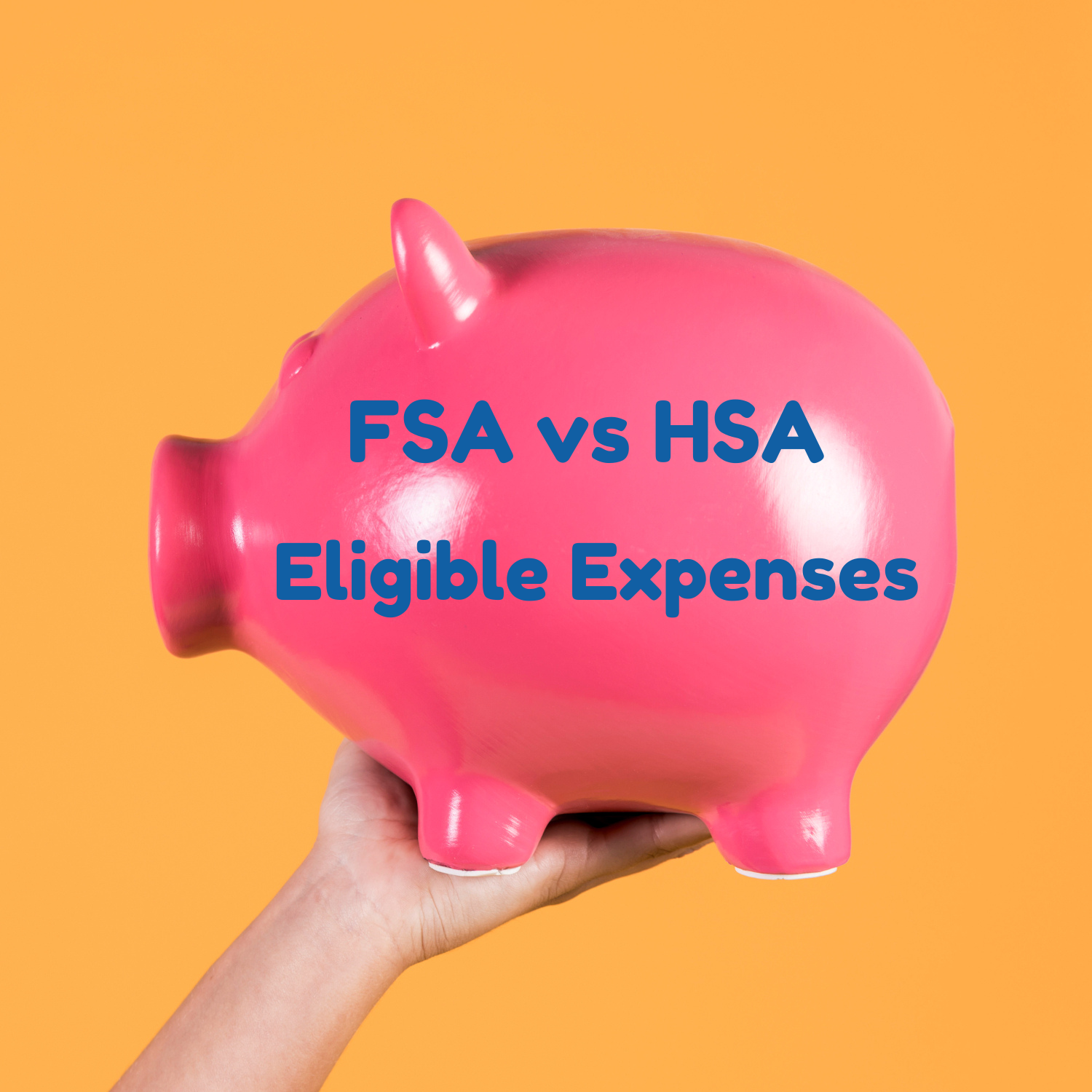
Health Savings Accounts (HSAs) and Flexible Spending Accounts (FSAs) are tax-advantaged accounts commonly used to pay for medical expenses. While both offer significant financial benefits, understanding the nuances between the two is important for LASIK patients seeking to optimize their healthcare costs. We will explain the key differences between HSAs and FSAs, their eligibility requirements, and how they can be used to cover LASIK procedures.
HSA vs FSA: Key Differences
- Eligibility: HSAs are paired with high-deductible health insurance plans (HDHPs), while FSAs can be offered by employers regardless of insurance coverage.
- Contribution Limits: HSAs have higher annual contribution limits than FSAs.
- Carryover: Unused HSA funds can be carried over to future years, whereas FSA funds typically have a “use it or lose it” rule.
- Investment Options: HSAs allow for investment of funds, while FSAs generally do not.
- Qualified Expenses: Both HSAs and FSAs can be used to pay for qualified medical expenses, including LASIK surgery.
Eligibility Requirements
- HSA: To be eligible for an HSA, you must have a high-deductible health insurance plan (HDHP) that meets specific deductible and out-of-pocket maximum requirements.
- FSA: FSA eligibility is typically determined by your employer. Some employers offer FSAs as a benefit to all employees, while others may have specific eligibility criteria.
Eligible Expenses for LASIK
Both HSAs and FSAs can be used to pay for LASIK surgery. However, it’s important to verify with your insurance provider and tax advisor to ensure that your specific plan covers LASIK. Most insurance providers may offer a discount on your LASIK procedure.
HSA Products
HSAs are offered by various financial institutions, including banks, credit unions, and insurance companies. When choosing an HSA, consider factors such as fees, investment options, and customer service.
FSA vs HSA: Which is Right for You?
The best choice between an HSA and FSA for LASIK patients depends on individual circumstances. If you have a high-deductible health insurance plan and are comfortable with the “use it or lose it” rule for FSA funds, an HSA may be a more advantageous option due to its higher contribution limits and investment potential. However, if you prefer the flexibility of an FSA and don’t mind the potential for unused funds to expire, an FSA may be a better fit.
Understanding the differences between HSAs and FSAs is important for LASIK patients seeking to maximize their healthcare savings. By carefully considering your eligibility, contribution limits, and investment preferences, you can choose the account that best aligns with your financial goals and healthcare needs.
Resources:
U.S. Internal Revenue Service. (2024). Health Savings Accounts. Retrieved from https://www.irs.gov
U.S. Internal Revenue Service. (2024). Flexible Spending Accounts. Retrieved from https://www.irs.gov
U.S. Department of Health and Human Services. (2024). Understanding High-Deductible Health Plans. Retrieved from https://www.hhs.gov


